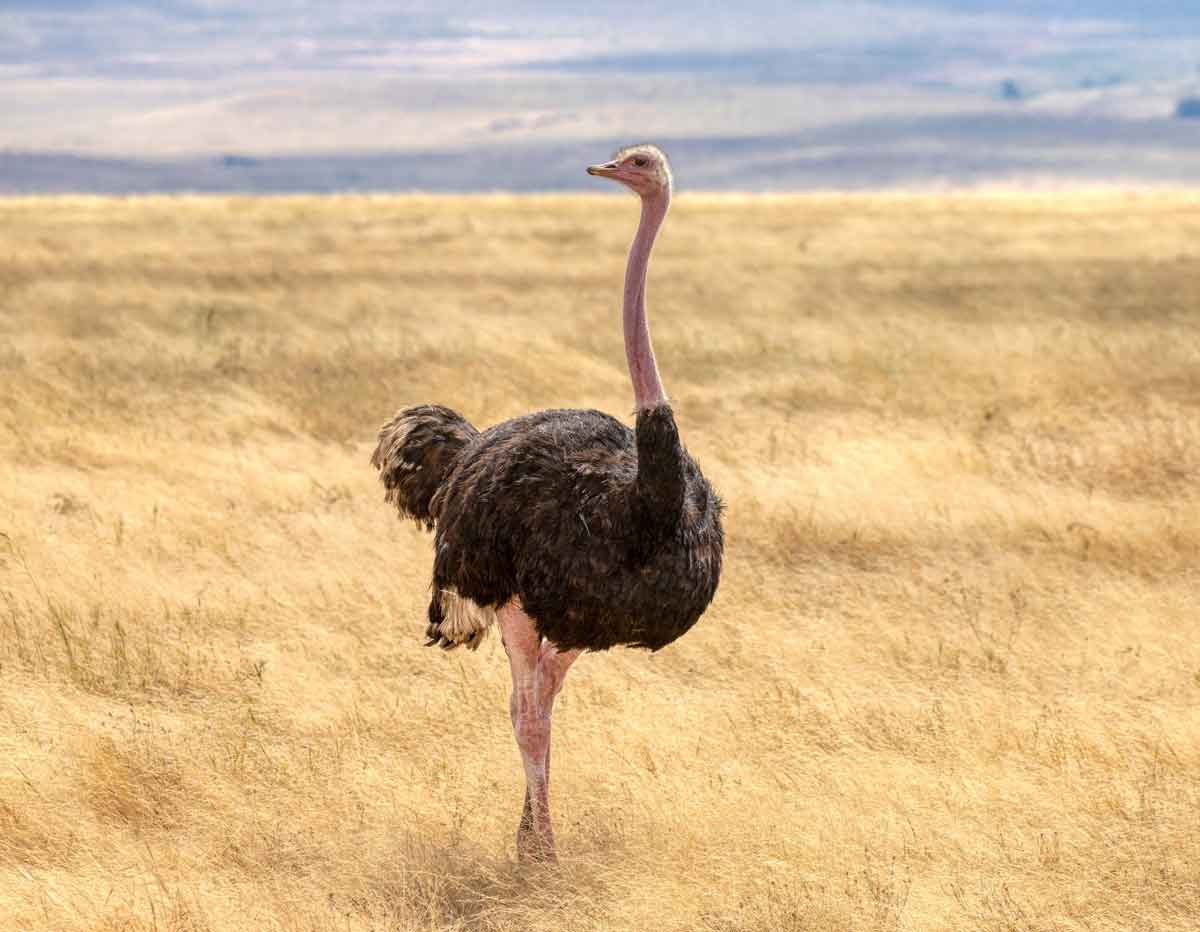Tarangire National Park, located in northern Tanzania, stands out as a gem within the country’s array of wildlife reserves. Spanning approximately 2,850 square kilometers, the park is named after the Tarangire River, a vital water source that nourishes the diverse ecosystems within its boundaries. Renowned for its remarkable concentration of elephants, Tarangire offers an authentic safari experience with its picturesque landscapes of acacia woodlands, grassy savannahs, and distinctive baobab trees. The park’s ecosystem is a haven for a variety of wildlife, including lions, leopards, giraffes, zebras, wildebeests, and numerous bird species, making it an ideal destination for nature enthusiasts and safari-goers.
Tarangire is particularly captivating during the dry season, from June to October, when wildlife congregates around the Tarangire River, creating spectacular scenes of animal interactions and migrations. The park’s birdlife is also impressive, attracting enthusiasts eager to spot diverse species such as hornbills, eagles, and the endemic yellow-collared lovebird. With its unique blend of flora and fauna against the backdrop of stunning landscapes, Tarangire National Park offers an enriching safari adventure and a distinctive slice of Tanzania’s natural beauty.
Arriving at Tarangire National Park by air provides a swift and scenic entry into the heart of Tanzania’s wildlife haven. The nearest airstrip, Kuro Airstrip, facilitates convenient access to the park. Situated amidst the picturesque landscapes, the airstrip offers stunning aerial views of Tarangire’s vast savannahs, meandering rivers, and iconic baobab trees. This seamless mode of transportation ensures that visitors can swiftly transition from the airstrip to the enchanting safari experience, immersing themselves in the diverse ecosystems and abundant wildlife that make Tarangire a captivating destination for nature enthusiasts and safari lovers.

Equus quagga

Connochaetes

Phacochoerus

Giraffa tippelskirchi

Panthera leo

Panthera pardus

Hippopotamus amphibius

Loxodonta

Acinonyx jubatus

Bubalus bubalis

ratites
Popular experience in the Tarangire National Park
A visit to Tarangire National Park during the dry season, typically from June to October, promises an exceptional safari experience marked by distinct advantages. As the parched landscapes compel wildlife to congregate around the Tarangire River and water sources, the dry season provides unparalleled opportunities for observing diverse species, including the park’s renowned elephant herds. With reduced vegetation, wildlife becomes more visible against the backdrop of the savannah, enhancing the overall safari experience. The clear skies and cooler temperatures during this period create optimal conditions for wildlife viewing, photography, and exploring the park’s picturesque scenery. The dry season in Tarangire is synonymous with extraordinary wildlife concentrations, making it an ideal time for nature enthusiasts and safari-goers to witness the captivating spectacle of Africa’s untamed beauty.
A visit to Tarangire National Park during the heavy rain season, typically from November to April, transforms the landscape into a lush and vibrant haven. The rains breathe life into the parched earth, resulting in a burst of greenery and blooming flora, creating a picturesque setting. While road conditions may pose challenges, the rewards include fewer tourists, a more intimate safari experience, and the chance to witness the park’s remarkable transformation. The heavy rain season is also a time of increased bird activity, with migratory species joining the resident birds. Despite occasional showers, this season unveils Tarangire National Park’s biodiversity in a unique and enchanting manner, offering a refreshing perspective on the natural wonders of Tanzania’s wildlife haven.
Exploring Tarangire National Park during the short rain season, typically occurring from November to December, offers a delightful and refreshing safari experience. While the rainfall is relatively light, it revitalizes the landscape, bringing forth lush greenery and vibrant blossoms. The park, adorned with newfound colors, provides a tranquil ambiance for wildlife enthusiasts. The shorter rains contribute to a quieter atmosphere, creating an intimate setting for observing wildlife, including the park’s renowned elephants, against the backdrop of rejuvenated vegetation. Despite occasional showers, the short rain season unveils Tarangire National Park’s natural beauty in a serene and enchanting manner, making it an ideal time for those seeking a quieter and more immersive safari adventure.
JAN
FEB
MAR
APR
MAY
JUN
JUL
AUG
SEP
OCT
NOV
DEC
Good
Best
Mixed


















P.O Box 2112,
Arusha, Tanzania
T. +255 767 874 733
+255 764 874743
E. info@jackaladventures.com